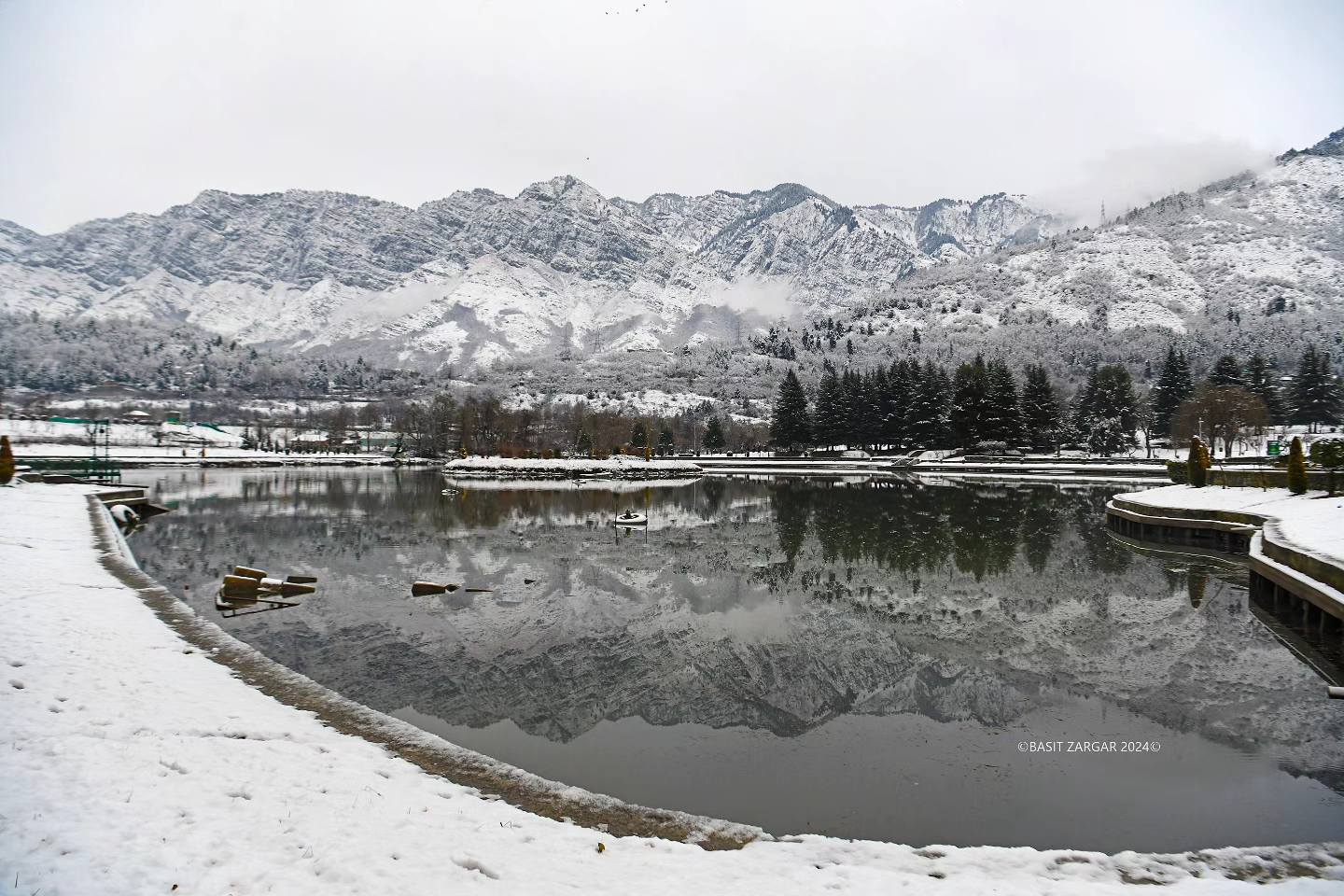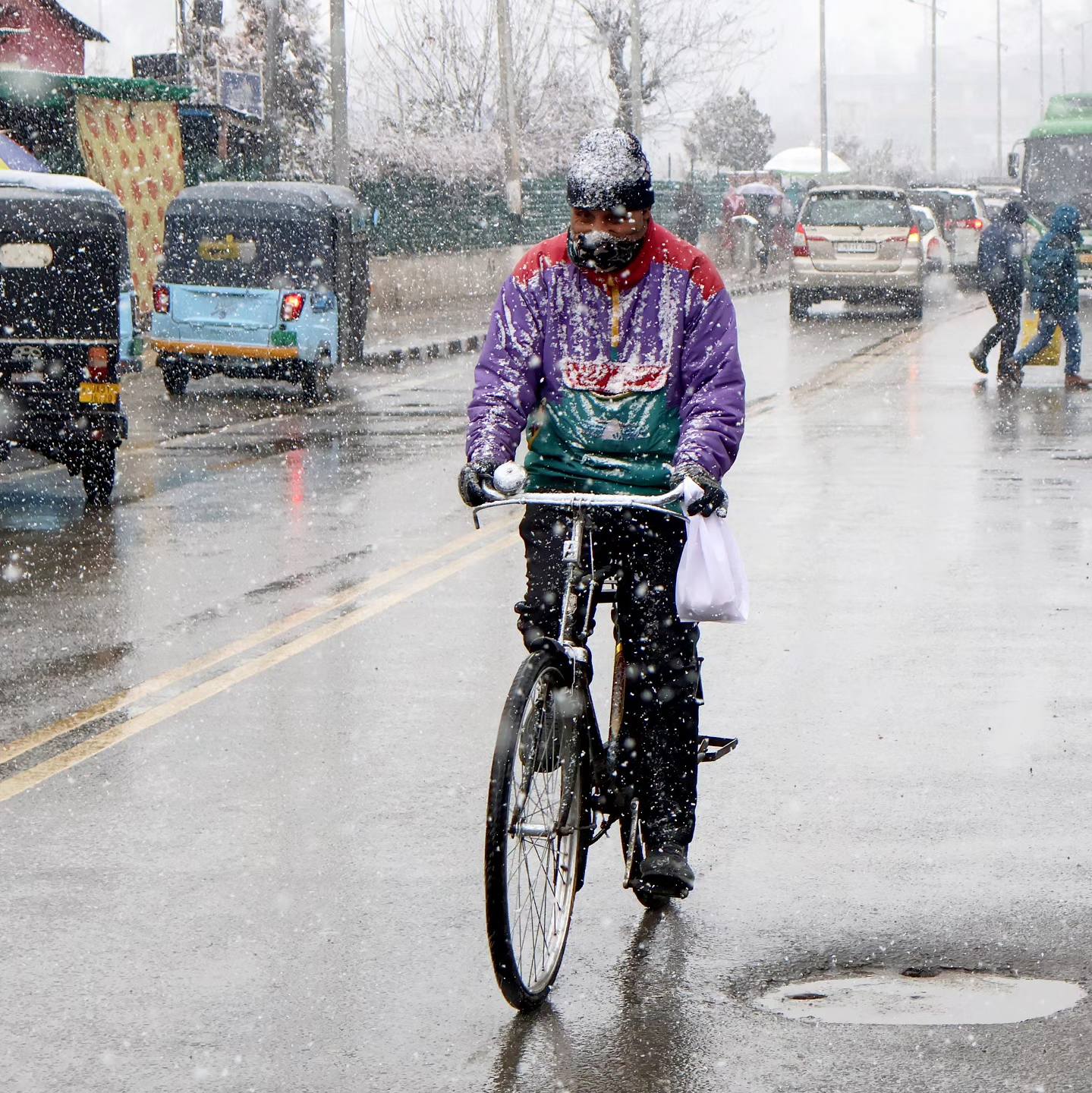The forty-day frost of Chillaikalan is more than just a weather phenomenon\u2014it’s a test of survival for many in Kashmir’s remote areas. From freezing temperatures to isolated communities, explore the realities of this biting-cold season.
By Manzoor Akash
The 21st of December each year marks the onset of Chillaikalan, a forty-day-long period of biting cold that grips the Kashmir Valley. During this time, temperatures drop sharply, with mercury plummeting to its lowest levels of the year. Compared to the earlier days of December, the arrival of Chillaikalan brings an intense freeze, enveloping the valley in a deep chill that permeates both days and nights. To cope with the harsh weather, people bundle up in warm clothing and prefer to stay indoors in cozy environments. Heating facilities become a necessity, and individuals, using whatever resources they can muster, arrange means to fend off the freezing cold. This shift in lifestyle leads to significant changes in daily routines.
Chillaikalan is so severe that it is said to freeze boiling water in containers. The period is also known for bringing snow and rain, which are essential for the region. This snow acts as a natural reservoir, storing water for the summer months, a vital component of the area’s ecology. In earlier times, the extreme cold of Chillaikalan was often fatal, claiming lives due to inadequate shelter and warmth.
Although the severity of Chillaikalan has somewhat diminished over the years, it remains a formidable challenge, especially for those living in hilly and remote areas. In these regions, the biting cold can still be deadly. Poor families, unable to afford adequate winter clothing or heating, often bear the brunt of the season’s cruelty. Many face dire hardships, and some are even forced to relocate to safer places if they can afford it. Tragically, those without means often succumb to the harsh conditions.
The plight of people during Chillaikalan frequently goes unnoticed. While the government does attempt to provide assistance, it is often delayed. Local officials, despite their efforts, struggle to address the crisis in time. Awareness about the desperate situation in remote areas often reaches authorities only through television or social media.
In Srinagar, the capital city, Chillaikalan’s impact is less severe. Modern amenities and heating devices allow residents to continue their routines with relative ease. However, in rural areas, life comes to a standstill. Heavy snowfall during this period can isolate entire communities, cutting them off from essential services and one another. Regions like Leh, Ladakh, Drass, Machil, Karna, Teethwal, and Lolab bear the full brunt of Chillaikalan. These areas endure harsh conditions, with residents facing immense challenges to survive in their isolated, frigid surroundings.
The intensity of the cold during Chillaikalan is so extreme that people often hesitate to expose their hands even indoors. Movement becomes difficult, and daily activities are disrupted. In rural areas, where modern heating facilities are scarce, people rely on traditional methods such as firepots or rudimentary heaters to stay warm. During this period, most people prefer to remain indoors, wrapped in layers of woolen clothing from head to toe.
Chillaikalan also brings with it various health issues, and if these are not addressed promptly, they can prove fatal. Elderly residents often recall how the winters of the past were even harsher, with snowfalls that lasted for months and temperatures plunging to as low as -10 to -15 degrees Celsius. Back then, life would come to a complete halt until winter ended.
One of the greatest concerns during Chillaikalan is the availability of essential supplies. Unfortunately, this season often sees shortages of necessities, with prices skyrocketing due to frequent blockages on the Srinagar-Jammu National Highway. Authorities must ensure the availability of adequate stockpiles of essential goods and maintain strict vigilance to prevent unscrupulous shopkeepers from exploiting the situation. Such practices, if unchecked, exacerbate the difficulties faced by the common people during this period.
The government and officials in charge must prioritize measures to alleviate the hardships caused by Chillaikalan. Key areas requiring attention include road connectivity, the supply of essential commodities, and reliable power supply. These services are critical during the forty-day spell of shivering cold and should be prioritized by authorities to ensure that the season’s challenges do not overwhelm the valley’s residents.
The views expressed in this article are solely those of the author and do not necessarily reflect the opinions or views of this Magazine. The author can be reached at [email protected]



Leave a Reply